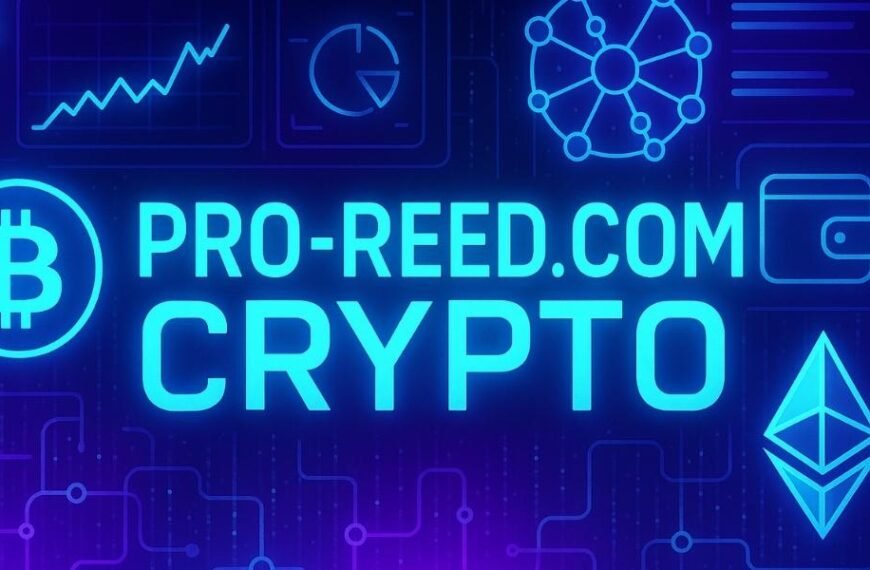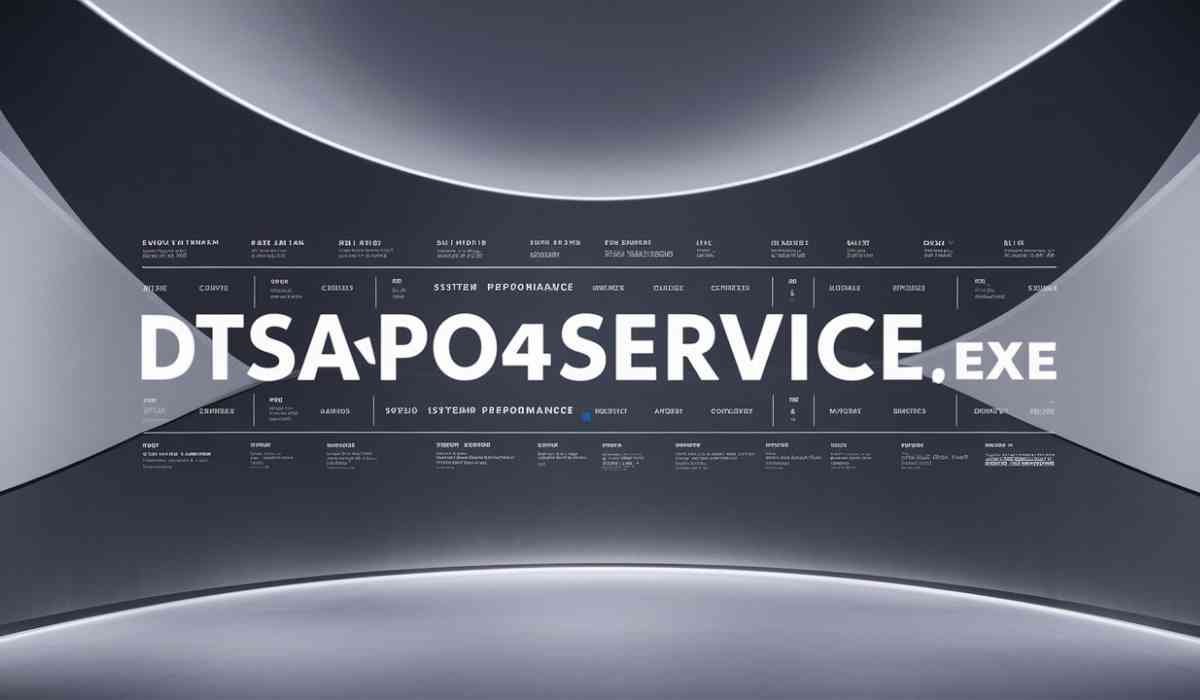In 2025, the landscape of data privacy is more critical than ever. As technology evolves, so do the tactics of those attempting to exploit vulnerabilities and access sensitive information. Understanding the latest strategies to stop data leaks is essential for protecting your personal and business data.
You are likely more exposed than you realize. With increased reliance on digital platforms, the risk of data breaches and leaks has surged. Keeping your data secure requires proactive measures, awareness of potential threats, and a commitment to implementing best practices in data management.
Staying informed about the current trends and techniques used by cybercriminals can help you safeguard your information. Equipped with the right knowledge, you can take actionable steps to mitigate risks and protect your valuable data assets.
Understanding Data Leaks in 2025
In 2025, data leaks are increasingly sophisticated and can significantly impact organizations. Recognizing the types of data leaks, the current threat landscape, and legal implications is essential for effective mitigation.
Types of Data Leaks
Data leaks can occur in several forms, including:
Accidental Data Exposure: This happens when sensitive information is unintentionally shared through misconfigured settings or human error.
Malicious Breaches: Hackers exploit vulnerabilities to gain unauthorized access to systems and extract data.
Internal Threats: Employees or contractors with access to sensitive information can intentionally leak data for various reasons, including financial incentives or revenge.
Each type serves to highlight the need for robust security measures tailored to different scenarios.
Current Threat Landscape
The threat landscape in 2025 reveals advanced tactics used by cybercriminals:
Phishing Attacks: These have become more convincing, using social engineering to trick users into revealing credentials.
Ransomware: Attackers encrypt data and demand a ransom for decryption, often exfiltrating data beforehand.
Cloud Storage Vulnerabilities: As organizations rely on cloud services, misconfigurations and insecure APIs pose considerable risks.
Staying informed about these tactics assists in developing effective prevention strategies.
Legal and Compliance Implications
Organizations face stringent regulations regarding data protection, including:
General Data Protection Regulation (GDPR): Non-compliance can lead to hefty fines.
California Consumer Privacy Act (CCPA): This law requires businesses to disclose data collection practices and allows consumers to request data deletion.
Failing to address data leaks can result in legal action, loss of customer trust, and financial penalties. Awareness and adherence to these regulations are crucial for maintaining compliance.
Strategies to Prevent Data Leaks
Preventing data leaks requires a multi-faceted approach, focusing on security protocols, staff training, and effective detection methods. Implementing these strategies can help safeguard your sensitive information.
Implementing Robust Security Protocols
Establishing strong security protocols is fundamental. This includes implementing encryption for sensitive data, both at rest and in transit and investing on a robust Data Security platform Utilize technologies such as firewalls, intrusion detection systems, and multi-factor authentication to enhance security layers.
Regularly update and patch software to mitigate vulnerabilities. Consider adopting a zero-trust architecture, where access is restricted based on user identity and the principle of least privilege. Create and enforce strict access controls, ensuring that only authorized personnel can access sensitive data.
Conduct routine security assessments and penetration testing to identify weaknesses. This proactive approach helps in reinforcing your defenses against potential data breaches.
Understand Record Retention Requirements
An often overlooked aspect of data leak prevention is proper document lifecycle management. By establishing clear record retention requirements, organizations can ensure sensitive data is not kept longer than necessary, reducing exposure risks. Knowing what to retain—and for how long—helps meet compliance standards while minimizing unnecessary data storage. Regular audits of your retention policies also play a critical role in overall data hygiene and protection.
Employee Training and Awareness
Your employees are a crucial line of defense against data leaks. Conduct regular training sessions to educate them about phishing attacks, social engineering tactics, and secure data handling practices.
Develop clear policies regarding data privacy and cybersecurity. Ensure that all staff members understand their roles in protecting sensitive information. Implementing a cybersecurity culture encourages employees to report suspicious activities without hesitation.
Consider using simulations to test employees’ responses to potential threats. This hands-on approach strengthens their ability to recognize and respond appropriately to data leak scenarios.
Data Leak Detection and Response
Establishing efficient detection and response mechanisms is vital for minimizing the impact of data leaks. Implement automated monitoring tools that analyze data traffic and user activity for unusual patterns.
Create an incident response plan outlining procedures for detecting, reporting, and addressing data leaks. Ensure that all employees are familiar with this plan and their respective roles during a breach.
Regularly review and update your response strategy based on lessons learned from past incidents. This adaptability will improve your organization’s resilience against future threats. Additionally, consider investing in external expertise to enhance your detection and response capabilities for specialized data leak situations.









